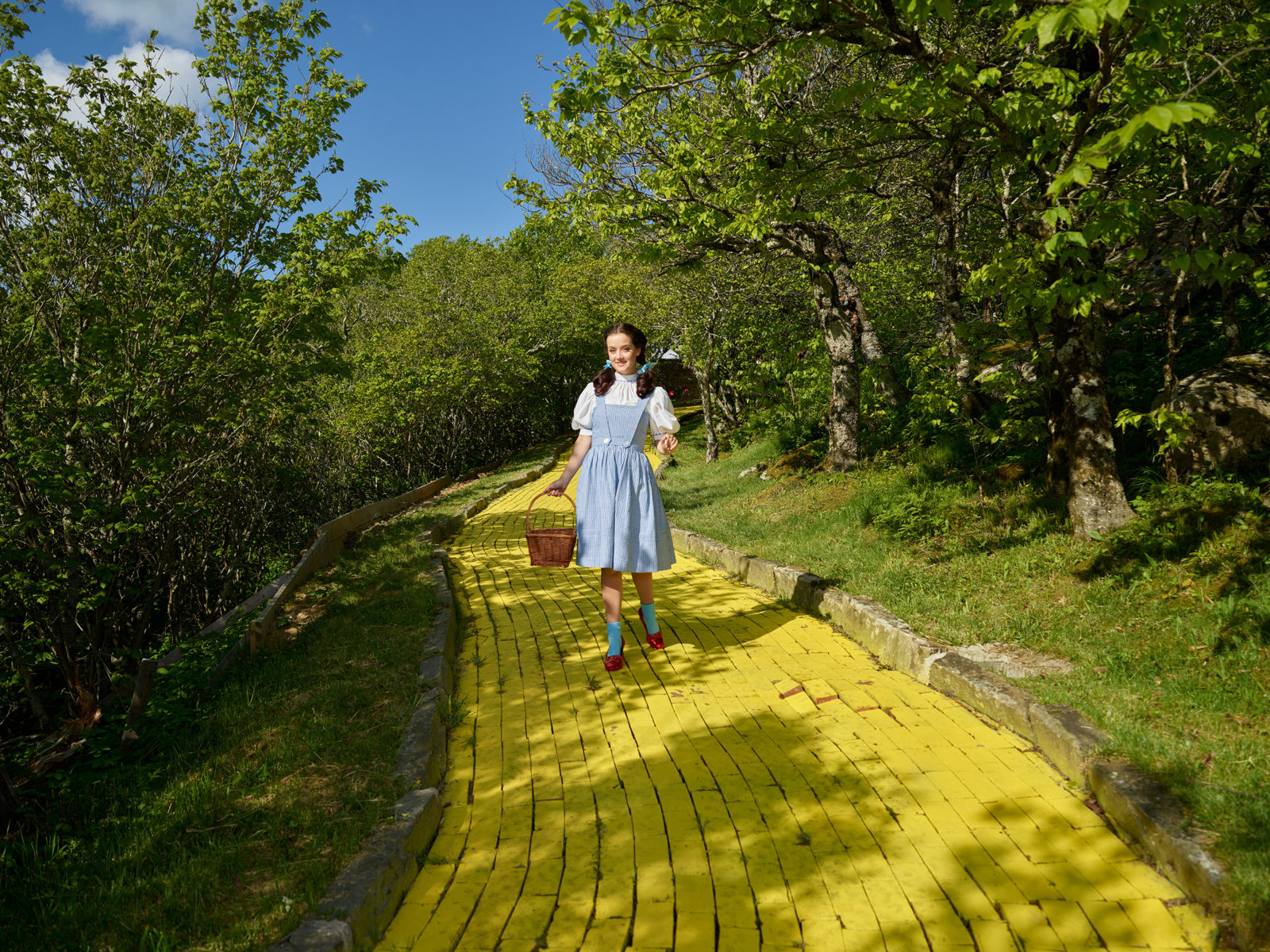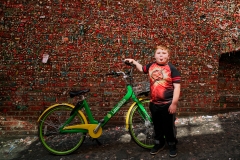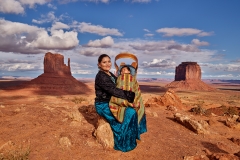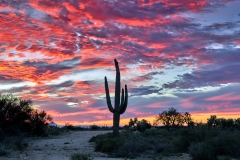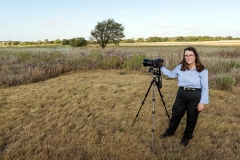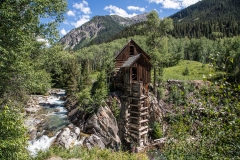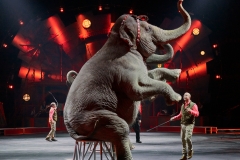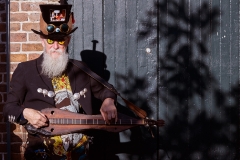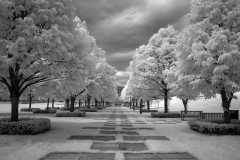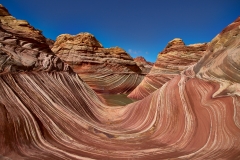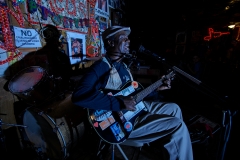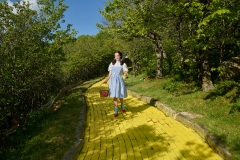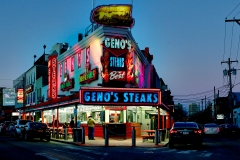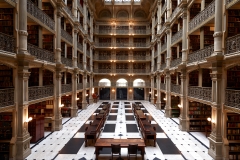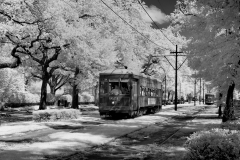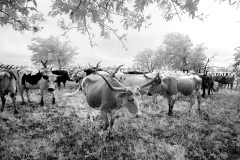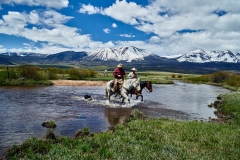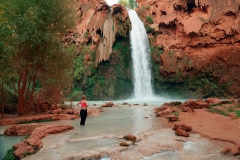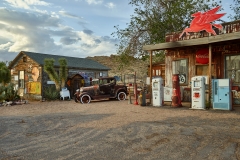Featured Photographer, News, Photographer Profile
Featured Photographer – Carol Highsmith
Often referred to as “America’s Photographer,” Carol Highsmith is a legend in the photography world. Having photographed every state in the nation‚ she’s spent decades capturing the beauty inherent in every-day American life. She’s also donated her life’s work—over 100,000 photographs— to the Library of Congress, which C. Ford Peatross, director of the Center for Architecture at the Library of Congress, called “…one of the greatest acts of generosity in the history of the Library of Congress.” We’re honored to have a woman of her caliber as our Featured Photographer this month and have the chance to get insight into her history, inspiration, and work process.
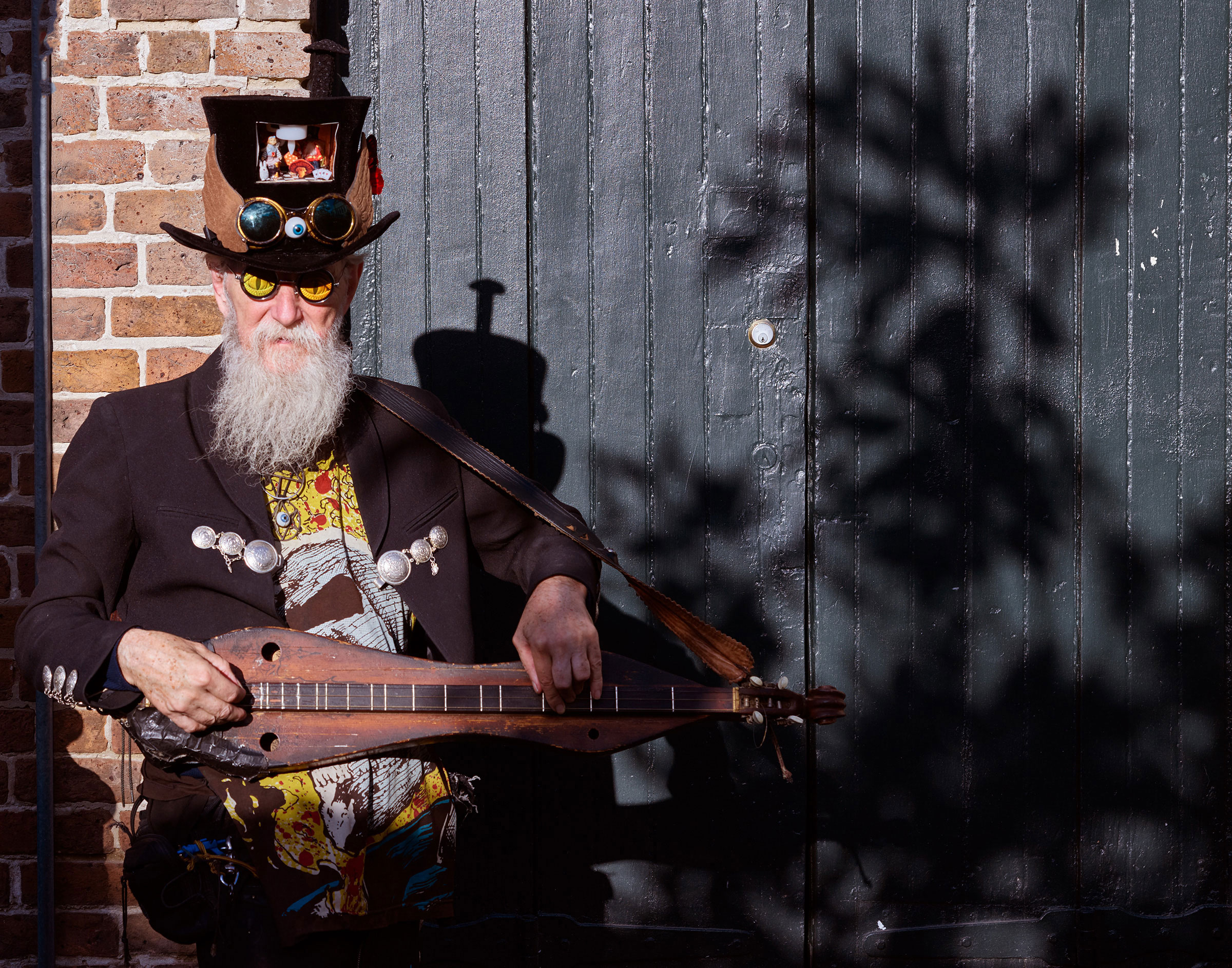
Describe your approach to photography— What makes your work unique? What makes a good image?
My approach to photography is quite different than most. I consider myself a visual documentarian whose work will have meaning and usefulness for the ages, so I’m not making “statements” but reflecting what I see with as much clarity as possible. I am DONATING all of my work to the Library of Congress during my lifetime; it will live there, as its unparalleled preservationists put it, “without end date.” I have been traveling and capturing images of America since 1980 working initially with 4×5 Arca Swiss film cameras and 35mm film cameras, then gradually moving to digital once I felt that format had some of the early kinks worked out. (See a later comment about the surprising fidelity of digital images.) My images are located in the Dorothea Lange/Mathew Brady collections at the Library of Congress. This body of work is considered the most historic photographic archive on earth, and my collection is featured in the top six and is the 3rd-most-visited out of the 48 distinct collections in the Library’s astounding visual archive of 15 million images. Not since Lange and her colleagues fanned out across the country to record the depravations of the Great Depression and Dust Bowl has a study of the scope of my multi-year, state-by-state visual exploration of our nation even been attempted. I don’t consider my work to be about me. It is significant because it is in the Library of Congress for all to use. I consider a good photograph is an image that is clear, well thought out and taken with the highest-resolution camera I can afford to put my hands on.
What inspires you? Who are your influences?
I have been inspired by two women — Frances Benjamin Johnston and Dorothea Lange. Both produced what are now featured collections in the Library of Congress. I started my career in the Willard Hotel, two blocks from the White House in Washington, D.C. The Willard, once the hotel of Presidents, had run into tough times in 1968, became bedraggled, and closed. I walked in to do a photography project in 1980 and captured what looked like a war zone. From that experience I was introduced to the work of Johnston, who photographed the hotel in 1901 when it was grand. When it was finally saved from the wrecking ball and restored as I documented its rejuvenation, Johnston’s images were all the artisans had to go by; no architectural drawings could be found. She documented antebellum mansions, four presidents and their families, national parks, and the great World’s Columbian Exposition in Chicago in 1892 and ’93. She was indefatigable and had a can-do approach to her work, plus obvious skill, that so moved me that I marched down to the Library of Congress and announced that I, too, would leave a vast record of OUR times. I’m sure even I believed I could do it, but I guess my current archive at the place we call “America’s Memory” proves that I could. (Johnston left 50,000 images as the early cornerstone of the Library’s Prints & Photographs collection.) I admire the work of Dorothea Lange because she, too, went anywhere and everywhere to complete a herculean task. Her images are haunting and unforgettable. Like my work, I believe, the contributions of Lange and her colleagues were a time stamp of an era – more valuable to the record of our nation as each year passes. Her most important image, which has become known as the “Migrant Mother,” is the most downloaded image in the Library of Congress Photographic collection. My work is impelled not only by these landmark documentarians, but also by the urgency of leaving a careful, consistent, sweeping, and thorough visual record for others to use, study, and enjoy for generations to come.
What was your first camera?
A Brownie when I was a teenager, and a Pentax K1000 that I took on trips to Russia and China as a very young woman.

Can you think of the first time you realized the camera you owned was holding you back?
I never really thought about a camera holding me back. I just thought about how I could record everything I saw with the best camera on the market and what would it take for me to have it. Frankly, I don’t think in terms of obstacles holding me back if I can help it.
What’s a photography-related purchasing decision or experience that you regret?
I don’t think I have owned a camera I have not found useful. I move fast and keep up with the trends and watch for the latest, greatest. I have never regretted moving on in this fast-paced digital world. I was less adroit at choosing non-camera equipment for awhile, and I remember (unwisely) extensively updating my darkroom right before the world lurched away from film into digital photography.
How did you make the transition to professional photography, and how did making a living from photography impact your style of shooting?
I worked in the broadcasting industry in my early career so that I could put myself through school. I attended the Corcoran School of Photography and American University. Both influenced me in my decision to become a professional photographer. I initially worked as an architectural photographer. There were very few photographers who worked in that portion of the trade, so I soon had plenty of clients. I also took aerial images that paid well. I now live on donated funds and congressional grants.
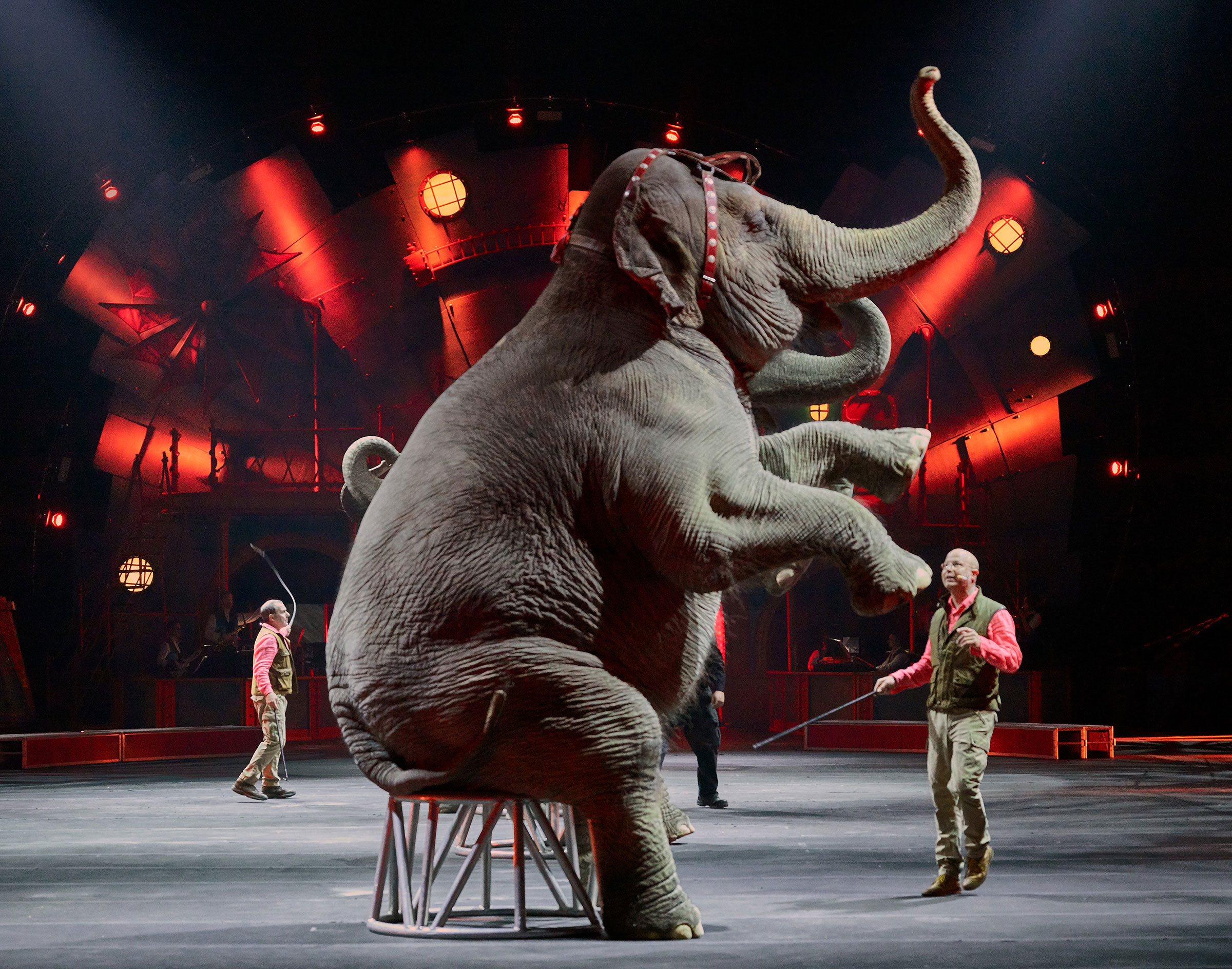
What was your most difficult project?
I was thrilled and honored to be chosen to produce an architecture book visually documenting two outstanding restoration projects in every state. But it about killed me and Ted, my husband and traveling companion. I had other work, and he had an important full-time job, so this “America Restored” work meant we were away from home each and every weekend – some of them extended when we could – in a year. (We are still on the road eight to nine months a year and have been for many years, but it’s at our discretion.
If you had to do a project using the bare minimum of equipment, what would you bring?
The Phase One IQ4 camera and my tripod.
What’s the most interesting/surprising/invaluable thing you keep in your equipment bag?
My Phase One IQ4 because of the dynamic range it offers, because of its robust live view, and because I can count on its incredible sharp resolution.
What’s one thing you wish you knew when you started out?
I wish I knew, then, the importance and payoff of patience, rather than taking expeditious shortcuts in the name of saving time or moving on to the next task. A careless oversight either can’t be repaired after the fact in my line of work, even in these days of Photoshop and its competitors, because many times the “fixes” either bastardize the photo or turn the scene into something false. To me the word “documenting” means capturing what’s before me. I can’t say I’ve never removed the butt end of an automobile sticking into the edge of photo of an otherwise pure street scene, because I have. But I try not to do such a thing often.
Do you have a “Passion Project” that you enjoy working on in your free time?
I don’t mean to be melodramatic, but there is no free time in my world. I can’t remember the last day I had off. My “Passion Project” is what I work on every single day — documenting America for the ages.
What’s your favorite book/movie/album that you’ve experienced recently?
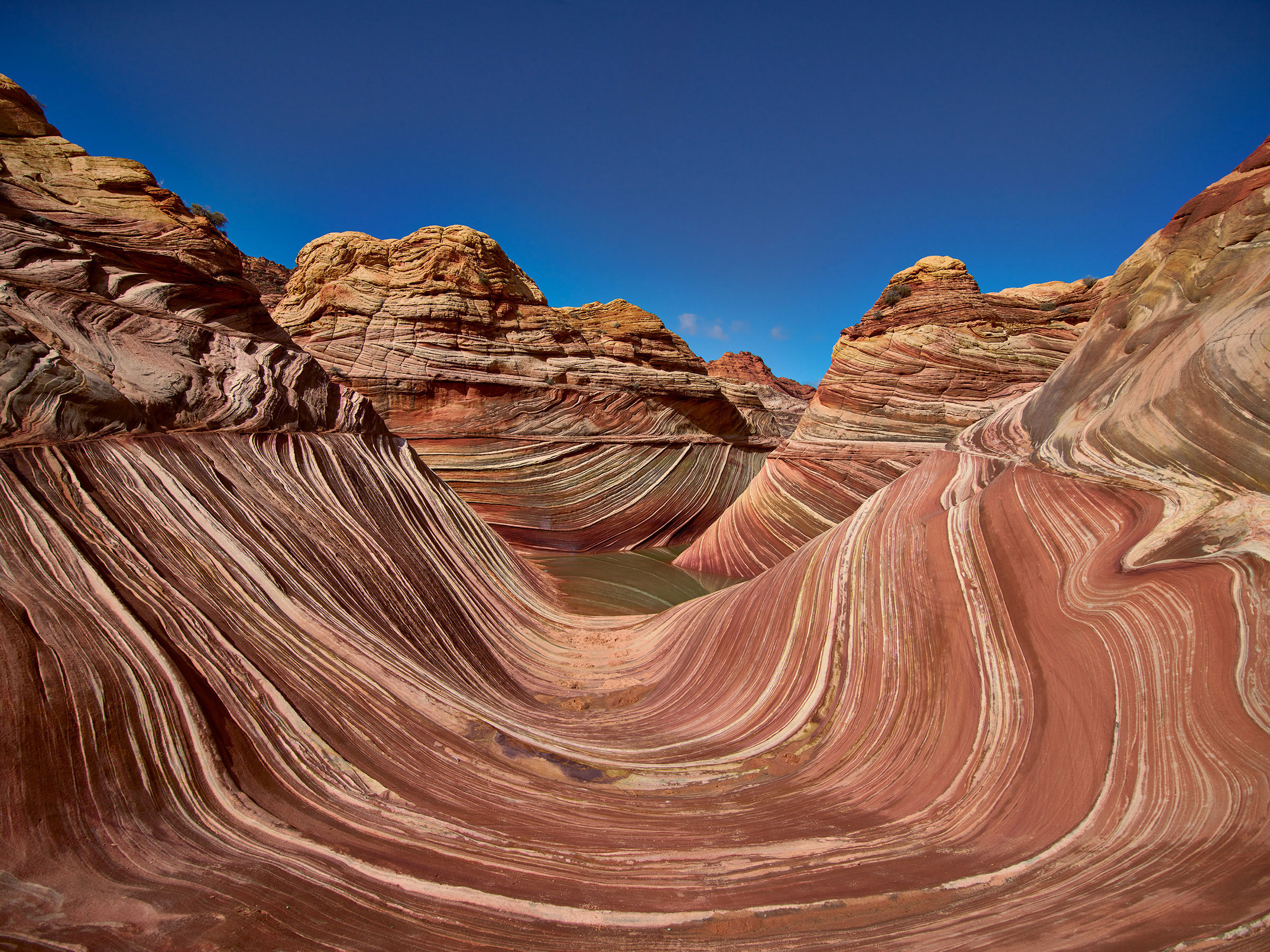 I was mesmerized by a television documentary (I think on PBS) about Theodore Roosevelt for several reasons, and thereafter have kept an eye out for others about the man. Why? Several reasons. He and Frances Benjamin Johnston were close. He enabled the creation of our incredible national parks, including my very favorite: Yellowstone. I had the wonderful opportunity to photograph his home and personal collection, even as his death mask, for the National Park Service. And, while he had many faults (including his horrible fondness for shooting living things to create trophies), he had a “can do” – even “must do” – approach to life that has influenced my own outlook. (It is, however – I think — just a coincidence that my husband is named Ted!)
I was mesmerized by a television documentary (I think on PBS) about Theodore Roosevelt for several reasons, and thereafter have kept an eye out for others about the man. Why? Several reasons. He and Frances Benjamin Johnston were close. He enabled the creation of our incredible national parks, including my very favorite: Yellowstone. I had the wonderful opportunity to photograph his home and personal collection, even as his death mask, for the National Park Service. And, while he had many faults (including his horrible fondness for shooting living things to create trophies), he had a “can do” – even “must do” – approach to life that has influenced my own outlook. (It is, however – I think — just a coincidence that my husband is named Ted!)
See more of Carol’s work at www.CarolHighsmithAmerica.com and follow her on Instagram and Facebook
You can also read more on Carol’s Wikipedia page.
GALLERY

